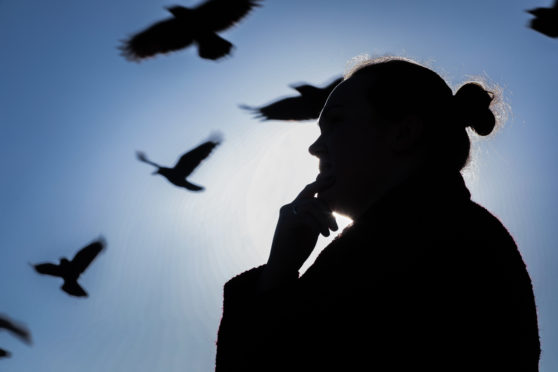
Juries in Scotland may be shown videos to debunk myths about rape in a bid to address low conviction rates.
The Scottish Government’s Victim Taskforce, launched to improve services for victims of crime, is looking at introducing “pre-instruction” videos for juries in sex offence trials.
Campaigners say research using mock juries suggests that myths about rape can influence the decisions of jurors.
Common rape myths suggest victims who have been drinking should not complain, that people often lie about being raped, and rape is more likely to be committed by a stranger than someone known to the victim.
Sandy Brindley, chief executive of charity Rape Crisis Scotland, said the conviction rate for rape was the lowest of any crime type in Scotland.
She said: “There has been a number of studies in relation to attitudes to rape which show a significant proportion of the public hold attitudes that blame women for rape in certain circumstances.
“Our worry is the combination of jury attitudes and not-proven verdicts could be contributing to wrongful acquittals. Urgent action is required.”
Statistics show just 43% of rape and attempted rape cases in Scotland resulted in a guilty verdict in 2017-18. The conviction rate for all types of crime was 87%.
The issue of rape myths was raised in a review of serious sexual offence cases in Northern Ireland, launched after two rugby players were found not guilty of rape.
Sir John Gillen recommended a film be played to jurors at the start of a trial in serious sexual offence cases. “This is something we definitely need to consider,” said Ms Brindley.
It has also been found, in a survey last year by the End Violence Against Women coalition, that one-third of people believed there must be physical violence for sexual activity to count as rape.
One-third of men and one-fifth of women also said it would not usually be considered rape if a woman had flirted on a date.
Recent changes in law mean judges can now give information to juries to address issues such as why a victim may have delayed reporting a sexual offence. The Gillen review, however, raised concerns over the effectiveness of the jury direction.
Ms Brindley said: “One worry is that it comes at the end of a trial, when jury members may have already made up their mind. The advantage of the pre-instruction video is it would be at the start of the trial.”
But defence QC Thomas Ross, former president of the Scottish Criminal Bar Association, said he did not see any basis for the introduction of pre-instruction videos.
He said: “Every rape case is different and if they are doing a one-size-fits-all video how could you be certain it didn’t impact directly on an issue that is relevant to the case?
“It is fraught with danger.”
Dr Dominic Willmott, research fellow at Huddersfield University, has carried out “mock trials” to examine jury attitudes.
He said studies had shown “compelling evidence” that belief in rape myths had a direct influence on delivering not-guilty verdicts.
Dr Willmott said introducing pre-instruction videos would be a step in the right direction, but he is sceptical how effective it would be.
He said: “Would we really expect a racist juror in a case that has a black defendant, to watch a video and they are somehow able to set aside those racist beliefs? It is unlikely.
“It is better than nothing, but I am not entirely convinced it works.”
He said a long-term solution would be education at school on rape myths to “fix the next generation”.
However, Dr Willmott suggested screening measures could be introduced in order to identify jurors likely to believe rape myths.
Sarah Crawford, lead solicitor at the Scottish Women’s Rights Centre, said: “It is helpful the Victims Taskforce is specifically considering the experiences of people who have experienced sexual offences in the justice system. We hope this will lead to reform of the criminal justice system and a significant improvement in the experiences and outcomes for those who require to access it.”

Enjoy the convenience of having The Sunday Post delivered as a digital ePaper straight to your smartphone, tablet or computer.
Subscribe for only £5.49 a month and enjoy all the benefits of the printed paper as a digital replica.
Subscribe